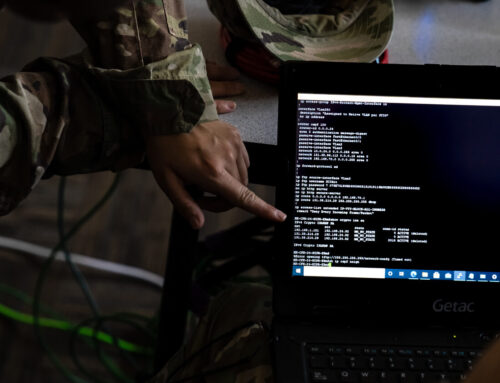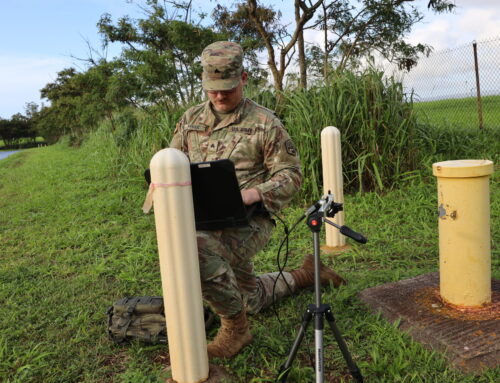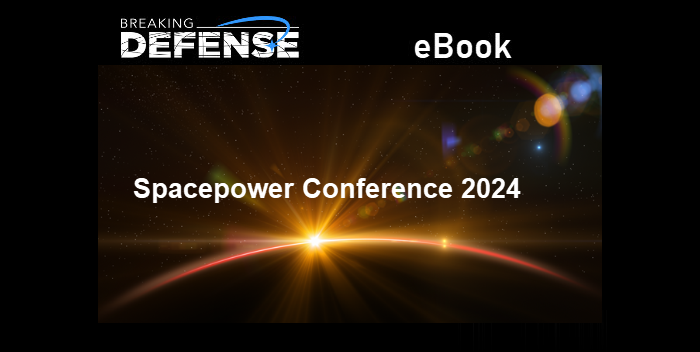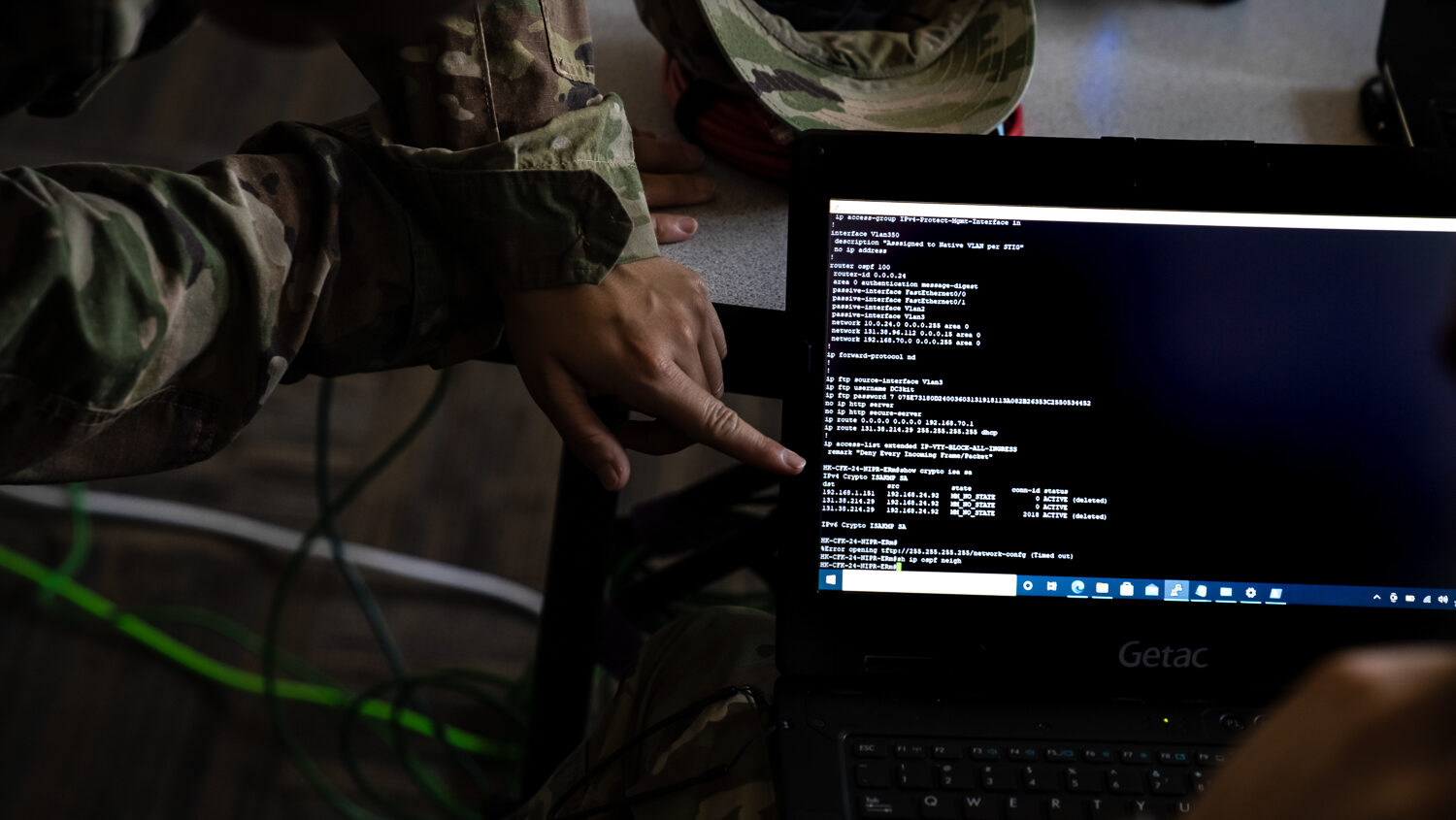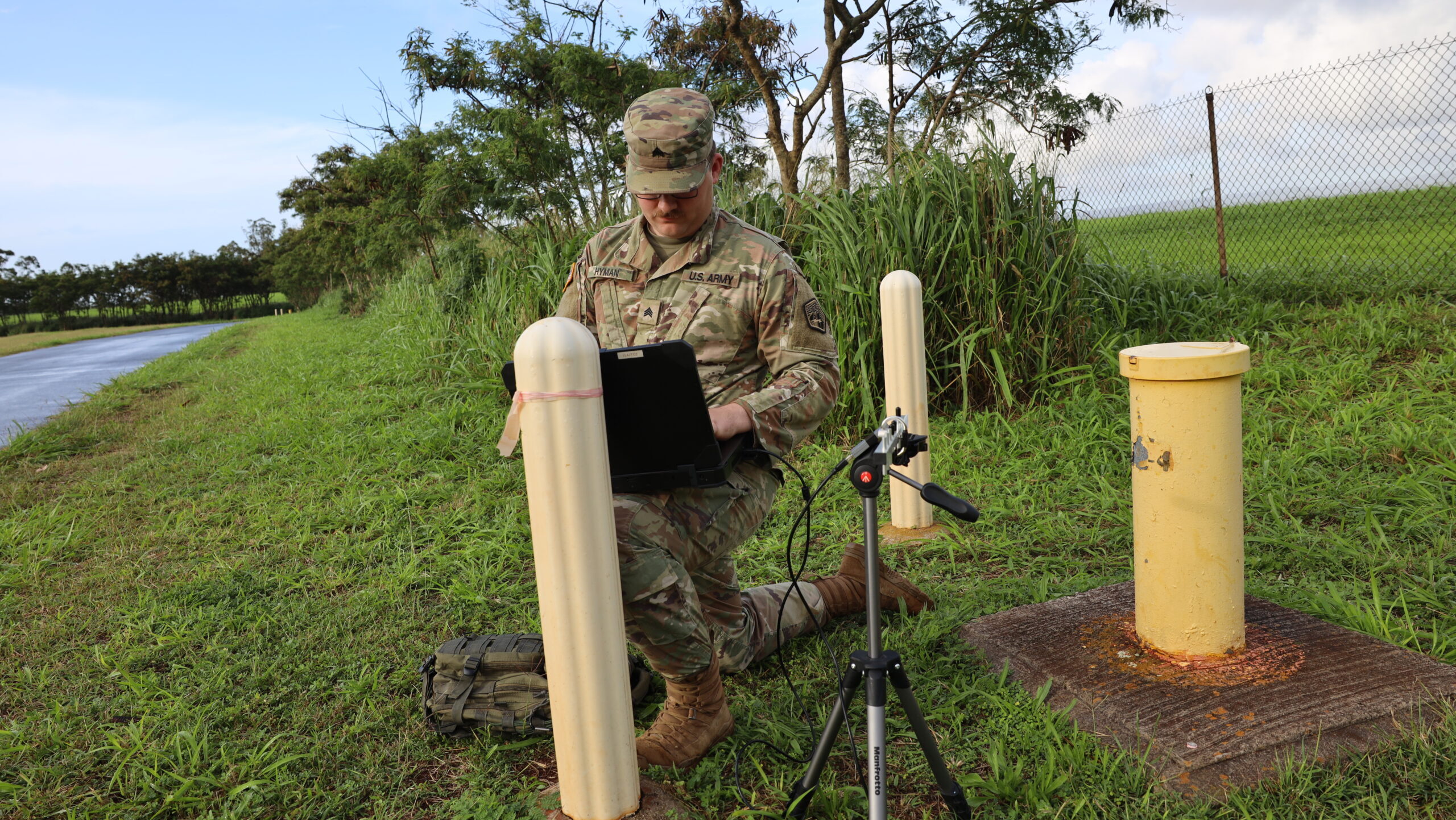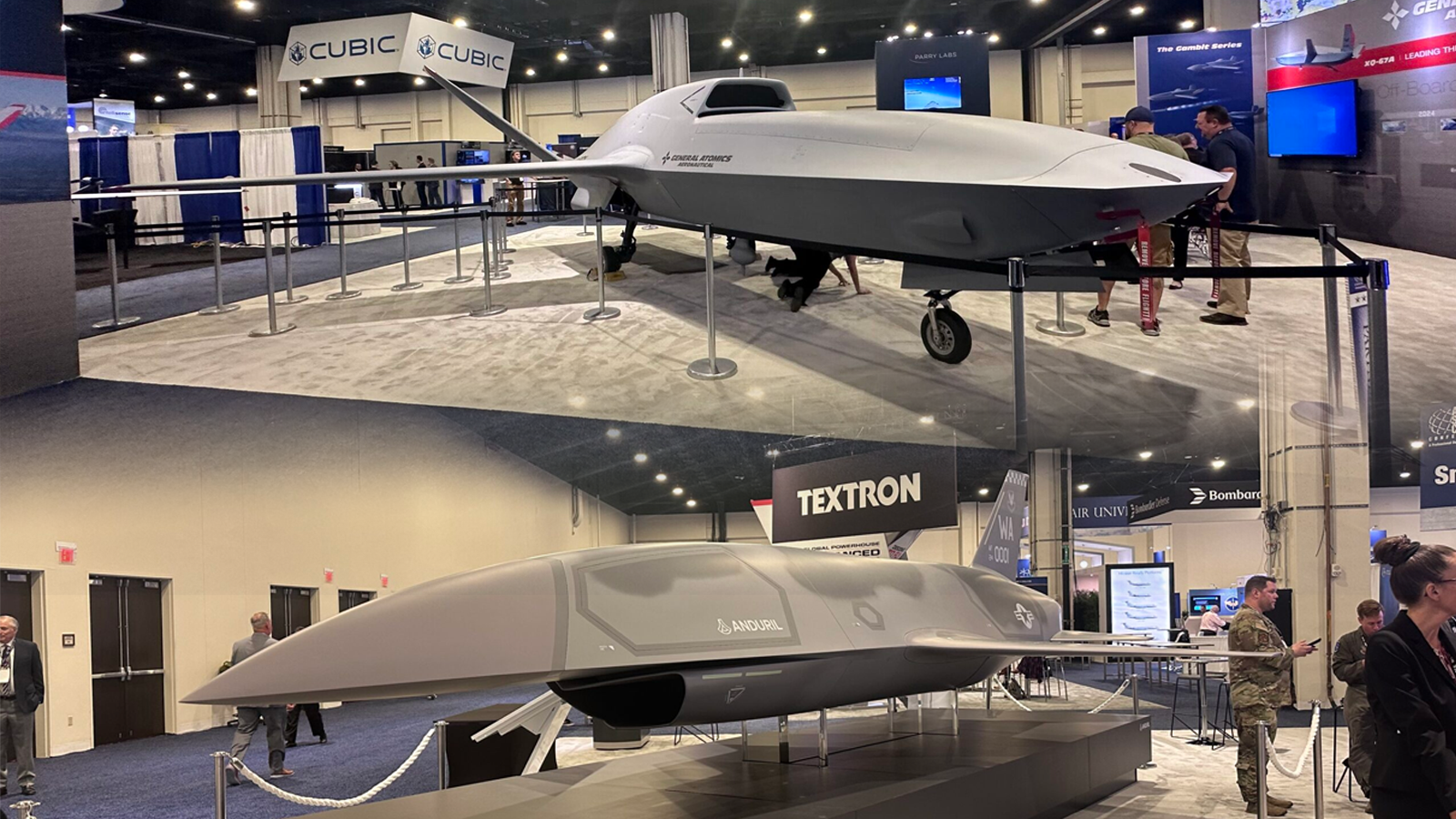The icebreaker USCGC Healy (WAGB 20) keeps station while conducting crane operations alongside a multi-year ice floe for a science evolution in the Beaufort Sea, Aug. 9, 2023. (U.S. Coast Guard photo by Petty Officer 3rd Class Briana Carter)
NATO SUMMIT 2024 — The US, Canada and Finland announced today a new trilateral effort, dubbed the Icebreaker Collaboration Effort or “ICE Pact,” to work together on the production of a “fleet” of new polar icebreakers, in what a US official said was a “strategic imperative” in the race of dominance of the high north.
The initiative, to be formalized in a memorandum of understanding by the end of the year, calls for better information sharing on ship production, collaboration on work force development — including better allowing workers and experts to train at each other’s yards — and an “invitation” to other allies and partners to buy icebreakers from ICE Pact members.
“Due to the capital intensity of shipbuilding, long-term, multi-ship orderbooks are essential to the success of a shipyard,” the White House said in its announcement. “The governments of the United States, Canada, and Finland intend to leverage shipyards in the United States, Canada, and Finland to build polar icebreakers for their own use, as well as to work closely with likeminded allies and partners to build and export polar icebreakers for their needs at speed and affordable cost.”
Ahead of the announcement, White House Deputy National Security Advisor for International Economics Daleep Singh framed the partnership as a commercial and industrial boon, but also one with national security implications: It is, in part, a message to Russia and China that the US and its partners “intend … to project power into the polar regions to enforce international norms and treaties that promote peace and prosperity in the arctic and Antarctic.”
“Said differently, without this arrangement, we’d risk our adversaries developing an advantage in a specialized technology with vast geostrategic importance, which could also allow them to become the preferred supplier for countries that also have an interest in purchasing polar icebreakers,” Singh told reporters ahead of the announcement. “So we’re committed to projecting power into the high latitudes, alongside our allies and partners. And that requires a continuous surface presence in the polar regions both to combat Russian aggression and limit China’s ability to gain influence” in the high north.
Finland is a major player on the global icebreaker market, with officials often repeating that the country designs 80 percent of the world’s icebreakers and manufactures 60 percent. Canada also manufactures the ships, with production capacity at shipyards in both Vancouver and Quebec. If the two countries, backed by America’s geopolitical pull and deep pockets, are able to successfully collaborate in this area, it could lead to a strategic stranglehold on the global market and might be able to ice out Russia and, especially, China, which is both developing and producing new ships of this class.
As polar ice caps melt and new shipping lanes open up in the high north, world powers are eyeing potentially lucrative new economic benefits, while military leaders see new strategic dangers and opportunities.
“With climate change, our Arctic is becoming far more accessible,” Canadian Defense Minister Bill Blair said at a NATO panel on Wednesday. “And we estimate that if we continue on the same path, and hopefully we won’t … by 2050, the Arctic Ocean could be primary point of transit between Europe and Asia. And as it becomes more accessible, security concerns become, I think, far more significant to us.”
Blair said that currently there are “huge gaps in our security and in our presence” in the north Atlantic.
The United States has for years had an urgent need for new, capable icebreakers. The two ships on which that US Coast Guard has relied upon for that job — Polar Star (WAGB-10) and Polar Sea (WAGB-11) — were commissioned in the 1970s and have struggled to stay operational in recent years given their age. While the Coast Guard does have a new icebreaker program in motion, the Polar Security Cutter, that effort has struggled to stay on schedule. Furthermore, analysts have previously told Breaking Defense the Coast Guard’s cost estimates are likely too low.
Bolling Shipyards, which is on contract for the Polar Security Cutter, praised the new initiative and said the company will play a “critical role” in the ICE Pact.
RELATED: Why A Small Shipyard Merger Could Signal Bigger Problems For The US Military
In 2022 the US Department of Defense updated its National Arctic Strategy, and this April Esther McClure, the Defense Department’s director of Arctic and oceans policy, said an additional update is forthcoming.
“I think you will see that our end-state, our strategic end-state, hasn’t changed much,” she said of the coming update. “We still want to preserve the Arctic as a secure and stable region where the homeland is defended, and our vital interests are safeguarded.”
Breaking Defense’s Justin Katz contributed reporting to this story.




